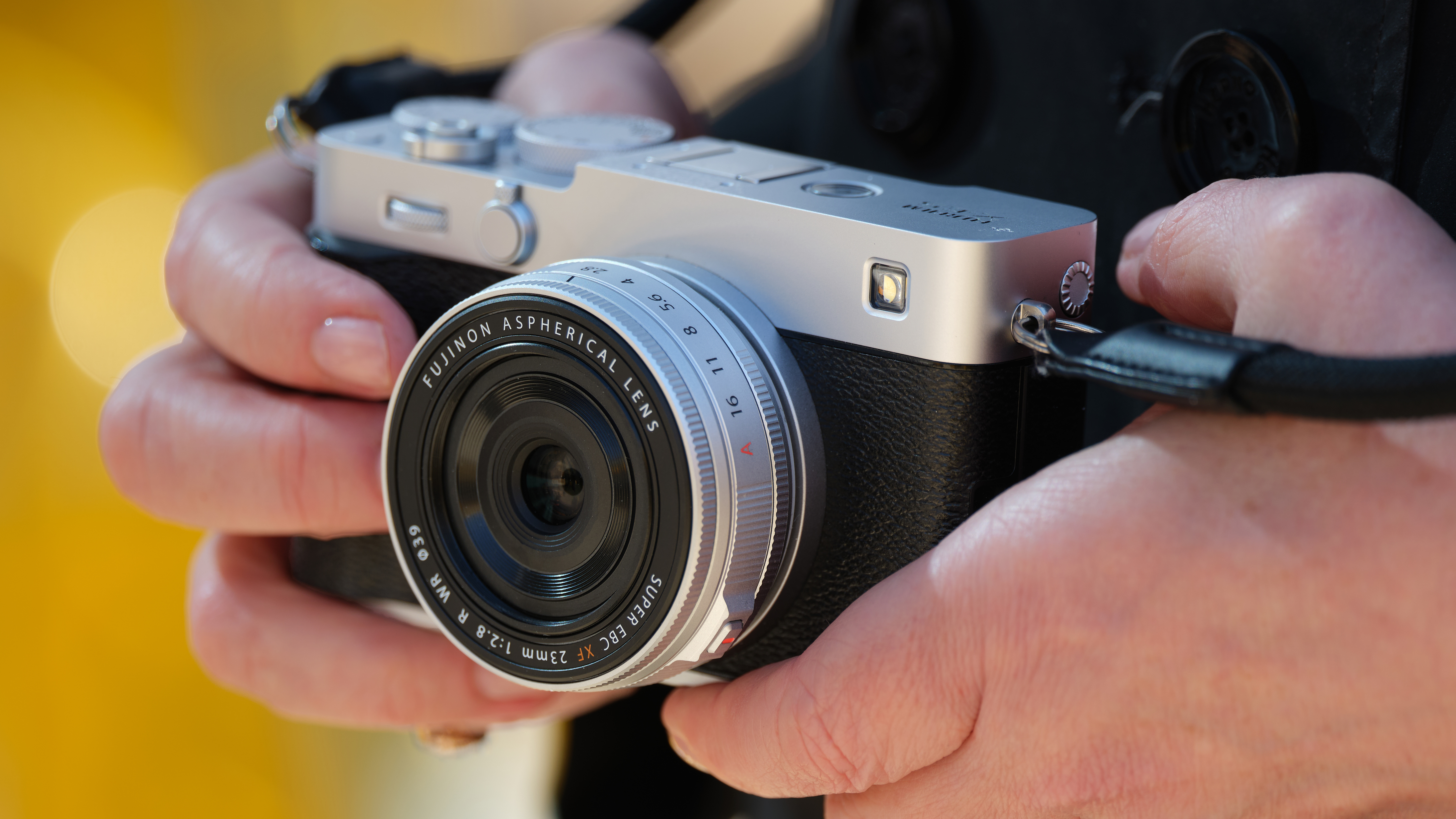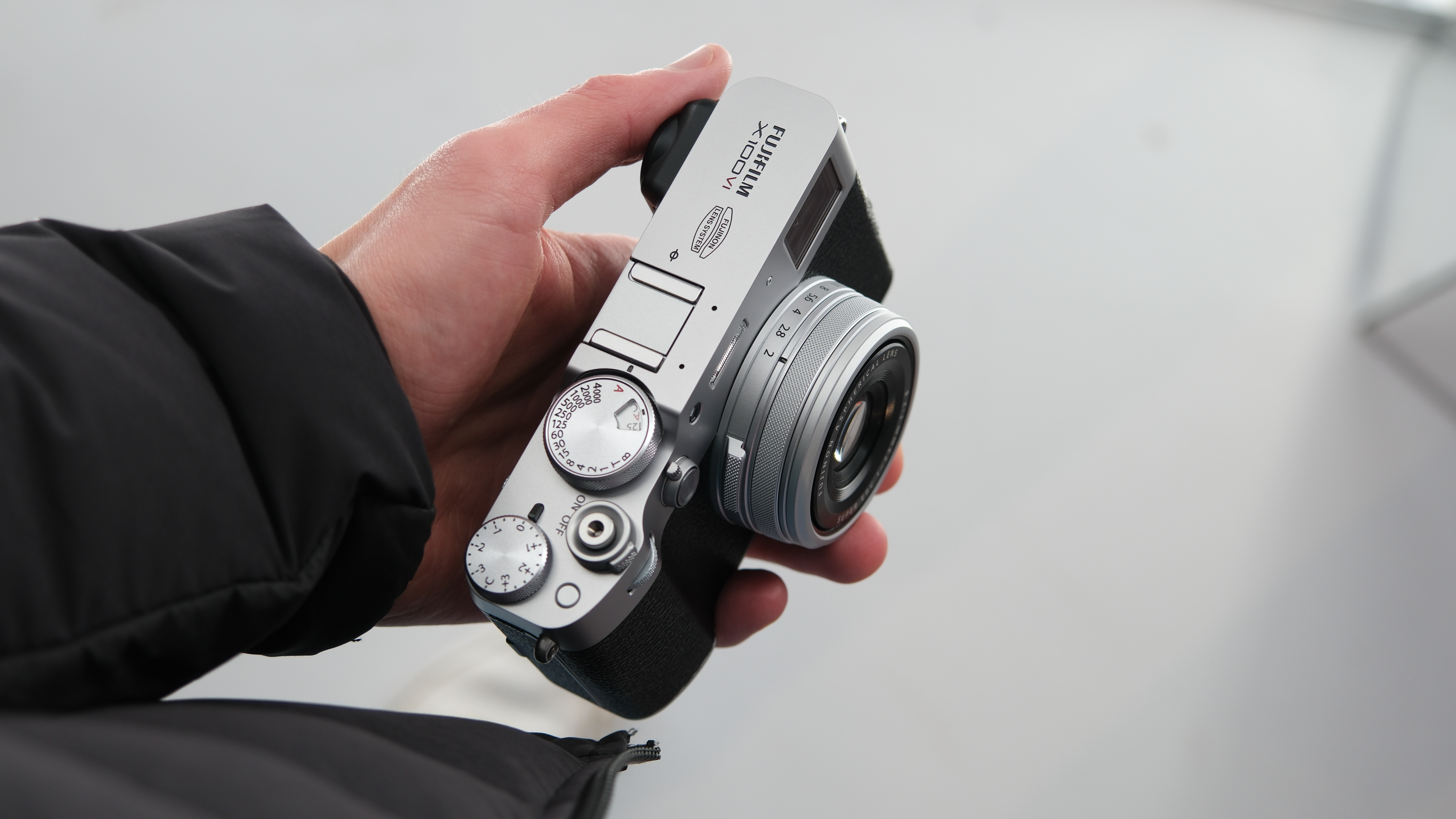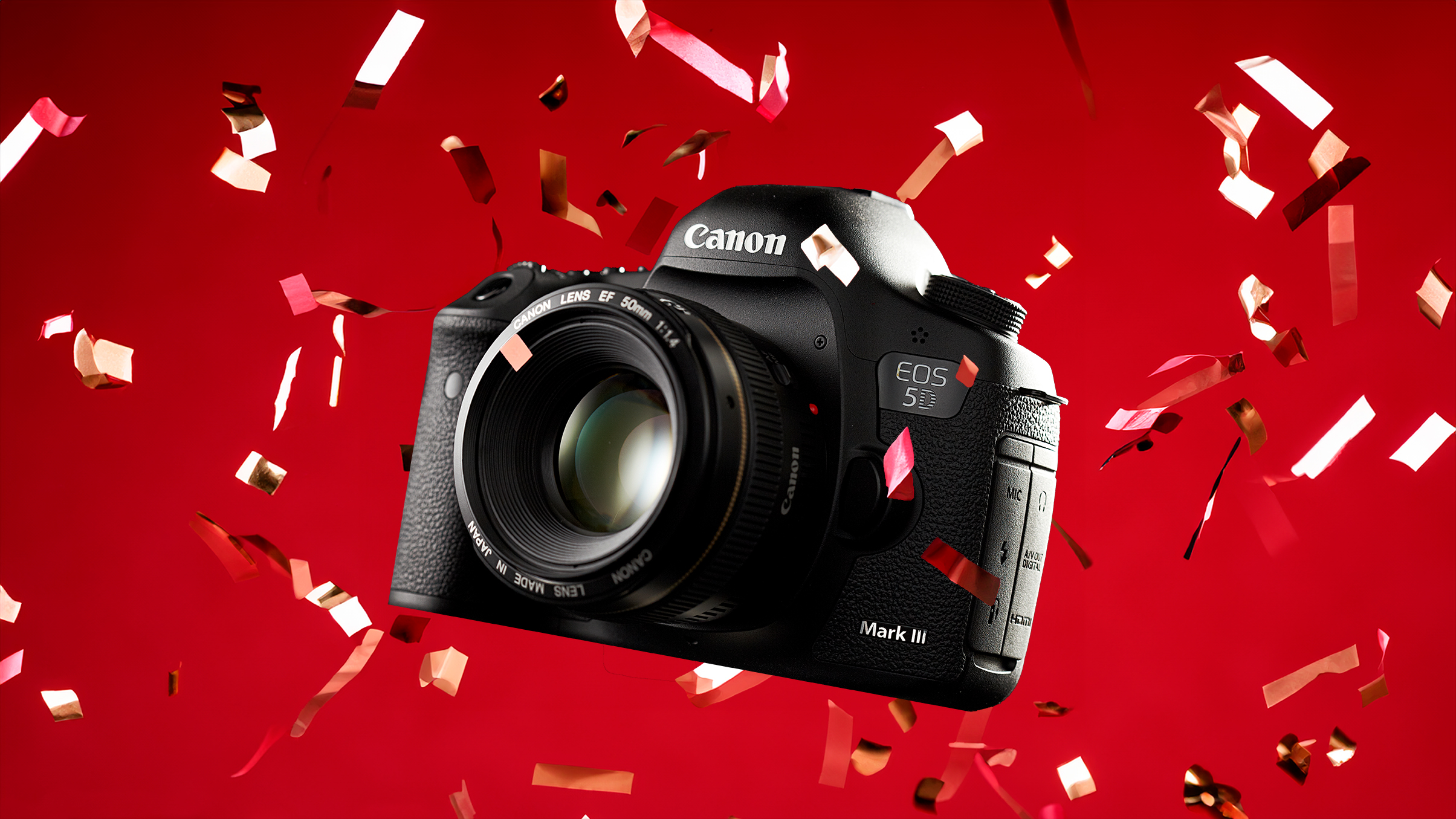I thought the Fujifilm X-E5 made the Fujifilm X100VI a lame duck. Here's why I've changed my mind…
Turns out this town IS big enough for the Fujifilm X-E5 and X100VI! Here are the things I didn't consider when the X-E5 was announced

Upon the announcement of the Fujifilm X-E5 – with essentially the same innards and form factor as the Fujifilm X100VI, but an interchangeable-lens design – I was adamant that Fujifilm had just ripped up its meal ticket. Roundhouse kicked its golden goose. Fed its cash cow to the wolves.
I digress… In my mind, there was no longer any reason whatsoever to opt for the X100VI in a world where the X-E5 existed. So here I am, cap in hand, admitting I was wrong.
There are three reasons why I think the X100VI will still be as relevant as ever to the right photographer: its marginally smaller size, the presence of its hybrid viewfinder, and how it embodies the ethos of a small rangefinder-style camera (more on that later).
I’ll start with the X100VI’s fixed 23mm f/2 lens. Yes, the ability to change lenses adds versatility, and if you’re searching for your first ‘proper’ camera, I would advise that you at least consider the X-E5.

The interchangeable-lens design should make it a camera you can arguably grow into beyond the confines of the X100VI. But if you are adamant you will only ever want a small fixed-lens camera or are looking for a compact camera to complement your existing setup, then the X100VI is simply the sleeker option.
I think you're going to be very hard-pressed to find a lens for the X-E5 (Fujifilm or third-party) that will provide equal or better image quality while sitting as flush against the body as the X100VI’s 23mm f/2.
And while I'm sweating millimetres here, the X100VI is on the larger side for a compact camera already; it doesn't need to be any bigger. It’s also lighter than the X-E5 and its kit lens, which comes in about 100g heavier.
The best camera deals, reviews, product advice, and unmissable photography news, direct to your inbox!
On the subject of size, the X100VI also features a built-in flash – I can't see many X-E5 owners carrying around a dedicated flash in their other pocket, can you?
Next up is the optical viewfinder. I’ve said it before, and I’ll say it again: I love optical viewfinders. It’s the one thing I miss about my Nikon D850 when I use my Nikon Z8. Roll your eyes all you like, but I really believe an electronic viewfinder partially severs the connection between photographer and subject.
I think this is especially important when practicing street photography, at which these little Fujifilm cameras excel.
Whether or not you agree with me, it doesn’t matter, because the X100VI has an extremely clever ‘hybrid’ viewfinder that doubles as an optical viewfinder and an EVF. It can even combine the two via its Electronic Range Finder mode, which places a small EVF in the corner of the OVF that represents the focus point, so you know what's in focus.
The X-E5, on the other hand, only has an EVF. Many will be quite happy with this, but if you want the authentic rangefinder experience then the X100VI wins out.

That leads me to my final point: the ethos of a small rangefinder-style camera. By that, I mean the habits of the user. As somebody who already owns an interchangeable-lens camera, a huge part of the appeal of this type of device is precisely the fact that I won’t feel the need to swap lenses in and out every five minutes, nor will I have to carry around a camera bag laden with glass.
I can't imagine many will carry around their X-E5 with a chunky standard zoom or a big ol’ telephoto lens in tow. A shallow grip and small body don't lend themselves to larger lenses anyway. And besides, you can alter the X100VI’s focal length if you absolutely have to by purchasing the Wide or Tele Conversion Lens.
It’s very easy to get tunnel vision when it comes to specs. On the face of it, how could a camera with virtually the same form factor and specs, but an interchangeable-lens system, not be an improvement upon the X100VI? But specs do not tell the whole story.
Ultimately, these are two different cameras that cater to different photographers. I would still recommend an interchangeable-lens camera to newbie photographers looking to take the hobby more seriously.
But if you are adamant that you want a compact camera, are simply looking for something different, or the Fujifilm X100VI just speaks to you, go for it. I was wrong – it certainly is not redundant.
You might also like...
Looking for a cheaper Fujifilm camera that doesn't compromise on specs? Check out the Fujifilm X-M5 review. Perhaps you're thinking of buying a Fujifilm X100T in 2025? I’m here to tell you whether or not it’s worth it. And if you want an SLR-style Fujifilm, the Fujifilm X-T5 is king.

Mike studied photography at college, honing his Adobe Photoshop skills and learning to work in the studio and darkroom. After a few years writing for various publications, he headed to the ‘Big Smoke’ to work on Wex Photo Video’s award-winning content team, before transitioning back to print as Technique Editor (later Deputy Editor) on N-Photo: The Nikon Magazine.
With bylines in Digital Camera, PhotoPlus: The Canon Magazine, Practical Photography, Digital Photographer, iMore, and TechRadar, he’s a fountain of photography and consumer tech knowledge, making him a top tutor for techniques on cameras, lenses, tripods, filters, and more. His expertise extends to everything from portraits and landscapes to abstracts and architecture to wildlife and, yes, fast things going around race tracks...
You must confirm your public display name before commenting
Please logout and then login again, you will then be prompted to enter your display name.
